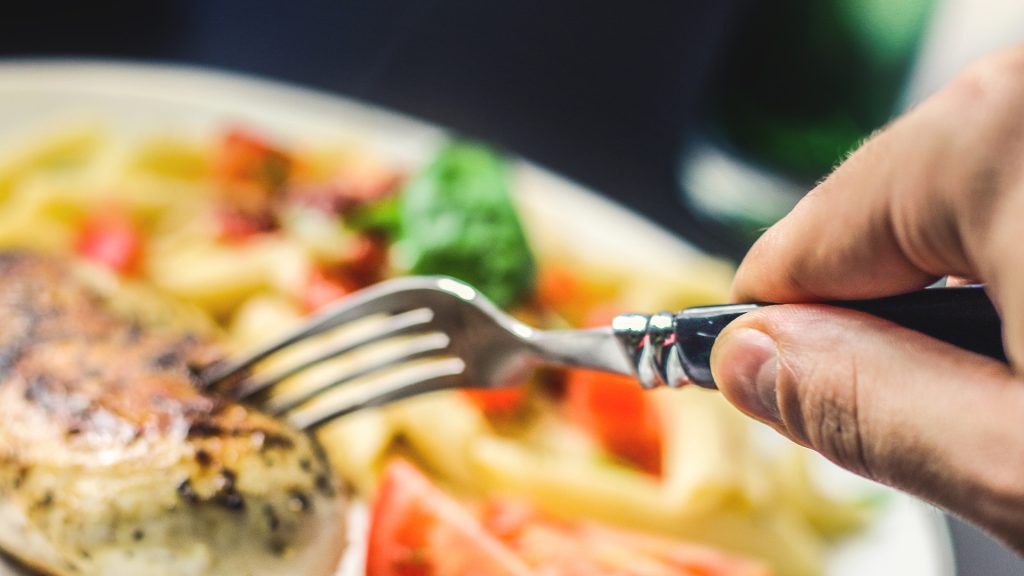Key Takeaway
The restaurant industry is the latest to implement new technologies that pull essential insights from external data, helping brands gain an edge in an increasingly competitive space.
Few things seem more resistant to innovation than the restaurant industry. While technology and science might have started changing the rules of the game in the kitchen—with the rise of molecular gastronomy, food 3D-printing, and the like— when it comes to attracting new customers, retaining them, and optimising their experience, the sector is often still relatively low-tech.
Restaurateurs tend to just wing it and hope for the best: many restaurants do not know how many staff members are going to be needed on a given day, what customers think of them, and which competitors could snatch their market segment.
Experienced restaurateurs are likely to make a relatively good call on those issues by relying solely on their intuition. But inevitably, as the industry landscape changes, it can be hard— even for the best— to come up with the right answers.
Figures seem to back this up: a report from market research firm the NPD Group predicts that, in 2017, the restaurant industry will stop growing, and that business will worsen by 2 percent among traditional (i.e.: non-fast food) restaurants.

Home cooking has seen a significant decline in the last few years, indicating an opportunity for restaurants to capitalize on greater consumer demand
Making sense out of disparate data
A 2016 report from the National Restaurant Association revealed that many restaurateurs are convinced they would turn their business around if they knew how to use technology in an effective way. Now it appears that the sector has started warming up to the idea of leveraging data science to keep its edge.
Some early disruptors are, maybe unsurprisingly, coming from within the industry.
Tenzo, a British company bringing the power of data science to restaurants, was launched by Christian Mouysset—the owner of restaurant chain Hummus Bros., who also happens to be a computer scientist.

While managing his business, Mouysset realised that he was often improvising, not always with convincing results. He did have access to some information— payment data, staff rotas, sales figures— but it was so unstructured that it was not clear or easy to make out the wisest course of action.
“I was making dozens of decisions every day without having access to the underlying data— because the data was fragmented and I would have had to look through thousands of reports and sparse figures,” he says.
“What would eventually happen was that my team and I would be making decisions based on our guts, because we didn’t have time to look at the data.”
Then is when he decided to create a startup that could solve that.
Mouysset’s Tenzo pulls data from multiple sources, both internal and external—from the restaurant’s point-of-sale (POS) info, to online reviews, or social media sentiment about the eatery—and uses machine learning analysis to provide clear advice.
“It’ll look at words people are using to describe you on social media, so you can take corrective action if something is taking flak,” Mouysset explains.
Harnessing new data sources
Tenzo is not the only company out to change the restaurant industry with data science. Both tech giants and ambitious startups are increasingly trying to crack this very hard nut.
In some cases, these new products would just look at restaurants’ internal data and transform them from unstructured jumbles into something intelligible. But more and more, these technology solutions try to walk the extra mile to harness the potential of external data.
Looking at weather data is a perhaps obvious but effective way to avoid being taken off-guard, and adapt a business’s menu in a smart fashion. To put it bluntly: if the forecast says next week is going to be a sweltering inferno, you’d better remove that cabbage soup from your specials, and stockpile some ice cream instead.
But things can be more sophisticated. Chicago-based startup Food Genius has pioneered a new approach, designed to help restaurateurs create a more appealing menu by looking at different sources of external data.
Its system scours restaurant menus from a certain area to get a better grasp of pricing and market trends in the industry. In this way, a restaurant can understand what sort of products are increasingly (or decreasingly) popular, and use that information to outfox its competitors.
That is made easier by Food Genius’ social media analysis tool: just by looking at what food-related words are trending online, a restaurant can spot the next big foodie trend before it happens, always staying ahead of the curve.
Food Genius was acquired in April 2016 by foodservice distribution colossus US Foods— is that a sign the industry has finally woken up to the importance of data science?


